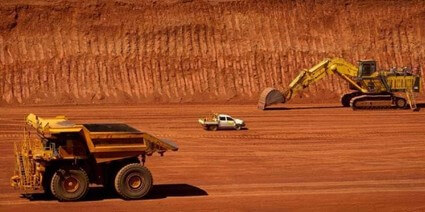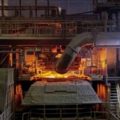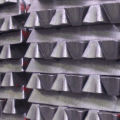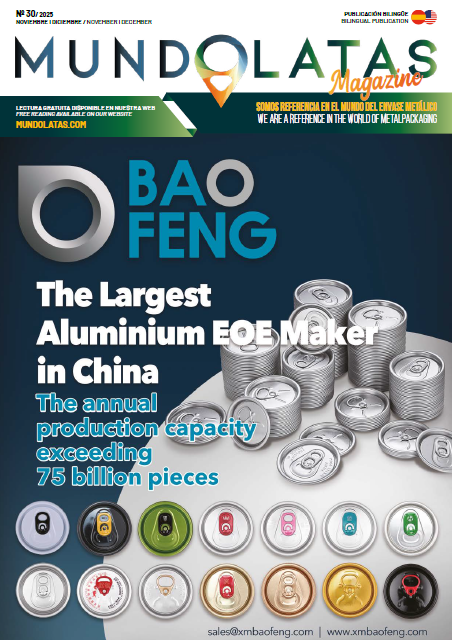Aluminium is a light metal extracted from bauxite, the third most common element in the earth’s crust, of which it is estimated that there are reserves for 200 years. It is a material with a wide range of properties, so it is not surprising that it is the second most consumed industrial metal after steel. Naturally, in contact with air, it creates an oxide layer that makes it highly resistant to corrosion.
Bauxite is the primary ore from which aluminium is extracted. Experts are confident of an increase in the production of this mineral in the mines of Australia with an increase in extraction of 4.1% and Guinea with 3.6% more extraction which will help boost global production by 3.8% in 2021, to reach 372.8 million tonnes, according to research published by GlobalData.
Quite optimistic data if we look at last year’s data in which production was positive with 1.2% more production obtaining an overall figure of 359.2 million tonnes, compared to the previous year.
Vinneth Bajaj, associate project director at GlobalData notes that “over the forecast period (2021-2025), global bauxite production is expected to grow at a compound annual growth rate (CAGR) of 2.2% to reach 406,700 tonnes by 2025” to which he adds that “Australia (+1.6%) and Guinea (+6.5%) will maintain steady supply growth, supported by a number of upcoming projects. Together, they account for eight of the 17 planned bauxite projects that have the potential to start production by 2025.”
In Australia, another positive development to support the growth in bauxite production was the announcement of the resumption of mining at Metro Mining’s Bauxite Hills mine, which was halted due to the rainy season. The mine is expected to produce around four million tonnes by the end of the year.
In addition, the company is immersed in an ambitious long-term development plan that includes the expansion of the mine in its phase 2 to a capacity of six million tons, although everything will depend on the conditions of the world market.
In Guinea, the Boffa mine, which started operations in January 2020, is expected to gradually reach full capacity during the second half of 2021, GlobalData reports. The mine is expected to produce up to nine million tonnes of bauxite by 2021, up from seven million tonnes in 2020.
Earlier this year, operations began at the Garafiri project, which has more than 300 million tonnes of bauxite reserves. The project has an initial production capacity of three million tonnes, which will be expanded to eight million tonnes.
At the end of July, China Railway Construction Corporation announced the completion of the construction of a railway line from Boffa to Boke, which will double the volume of cargo in a single trip to 10,000 tons.











